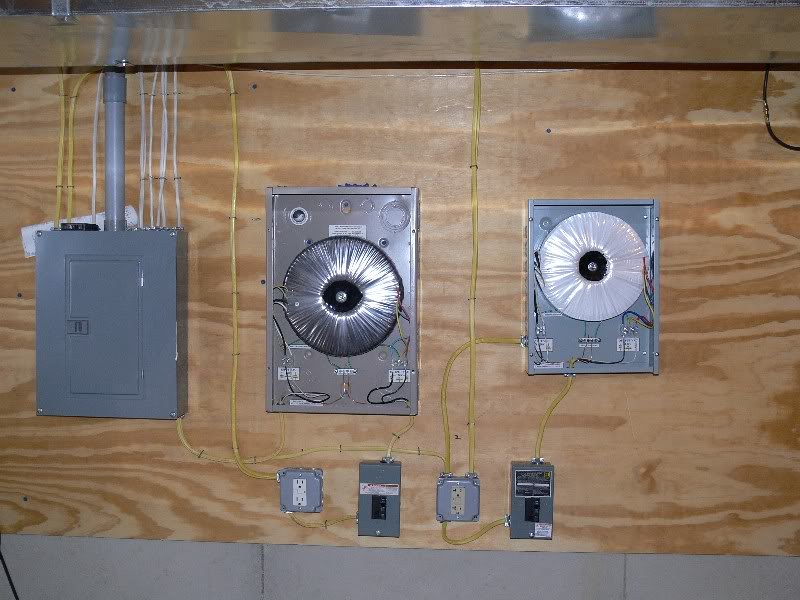Quote:
Originally Posted by glennQNYC

It used to be CAT5e was the standard, and CAT6e was the upgrade. I find now CAT6e is the standard, and CAT7 or fiber is the upgrade.
Definitely plan for a hard-wired network including plenty of access points. Don't forget about outdoor access points and surveillance cabling. You want as much things hard wired to the network as possible, this way you're leaving WiFi capability for the devices that can't be hard wired.
I'd pull at least 3 CAT6e to anyplace with a TV. You'll want one for the TV to connect to the network; one for video signal (via HDMI extender); and one spare.
I'd want dedicated 20A circuits with isolated grounds for my audio/video gear; perhaps even a 220v outlet for some real hardcore subs... but you don't sound as crazy about AV as I am.
|
I would still recommend doing Cat6a. And fiber gets into a whole rat hole. I've had many debates with others about whether fiber is a good idea for home use. The problem with fiber is it's expensive and is not as future proof as many think it is....I guess within reason. For a while 62.5 micron multimode fiber was thought to be good enough. Then 10Gig Ethernet came out and 62.5 micron was no longer adequate. So 50 micron multimode fiber hit the market. As speeds increased with Ethernet, you then have subsets of quality of 50 micron fiber with OM2, OM3, and OM4. So far the only fiber I've found that has weathered the test of time is 9 micron single mode fiber. Going to single mode fiber exponentially increases the cost of already expensive multi mode fiber entry. Not to mention, fiber is very particular with how it's installed and such with bend radius considerations. Another idea for fiber installations is PONs (passive optical network). At work, I've seen discussions of the use of PONs in the office space to distribute network connectivity to each cubicle. I've seen implementation of PONs which also provide provisions for PoE power. I don't know how expensive it is to deploy. And I can say I haven't run across any of my clients/customers that have actually taken the leap to use PONs.
When I had my A/V room built out, I did do dedicated power circuits for my equipment where the regular outlets and lights were a different circuit to minimize any potential noise from things such as light dimmers. I also went the extra step and had balanced power transformers installed and a rack version of the hard wired balanced power transformers to feed the source equipment in my rack. The hard wired balanced transformers are feeding my two Velodyne subs and the Bryston 6B-ST amp.

